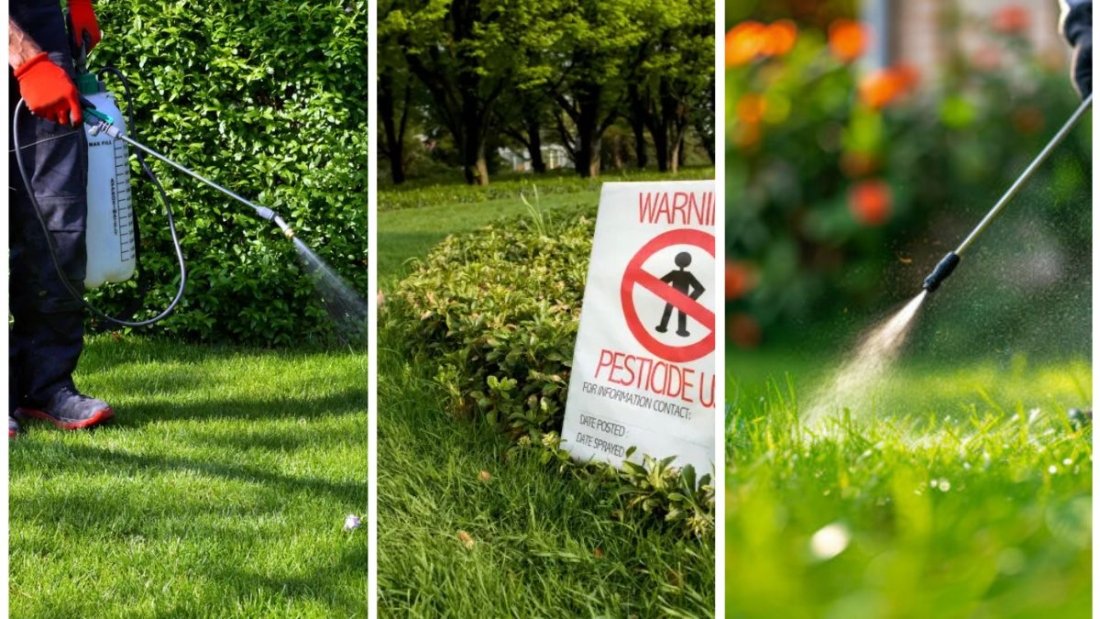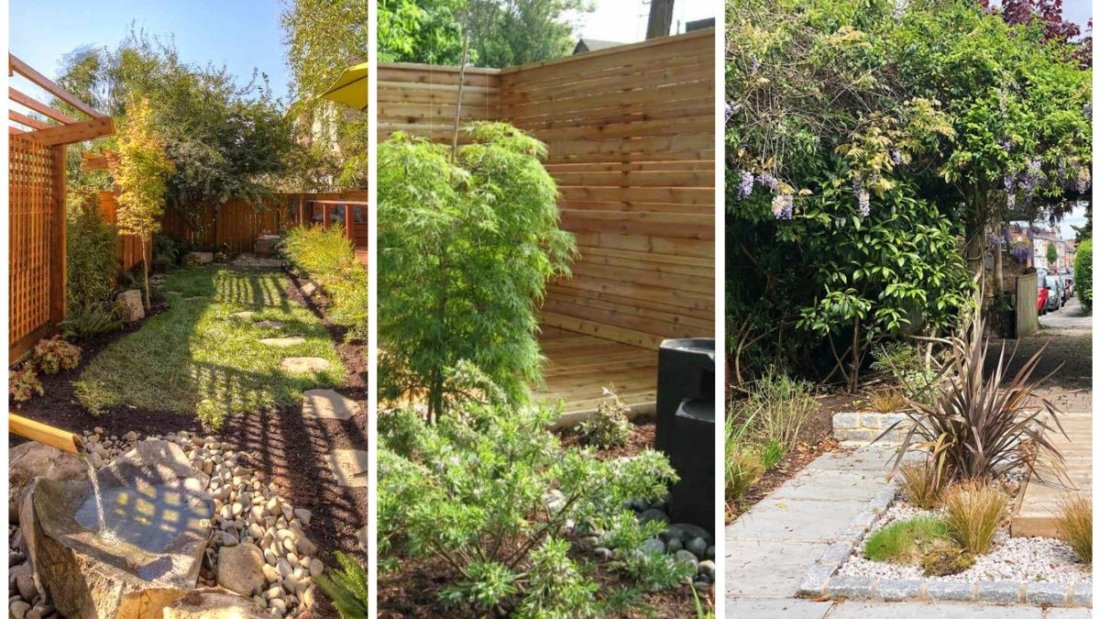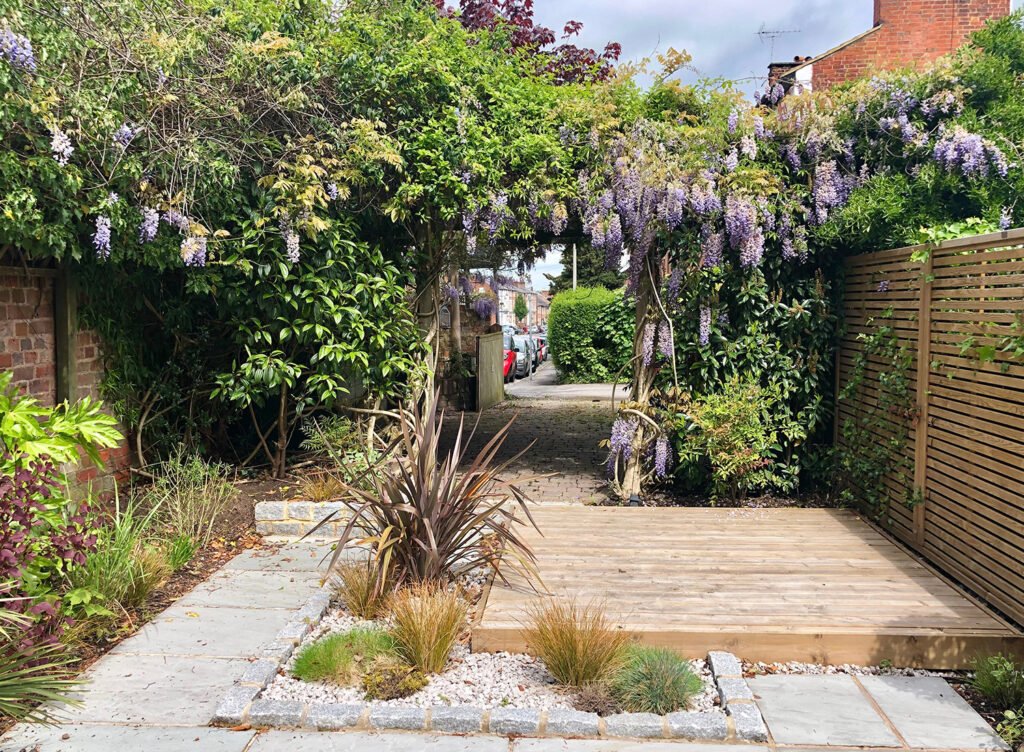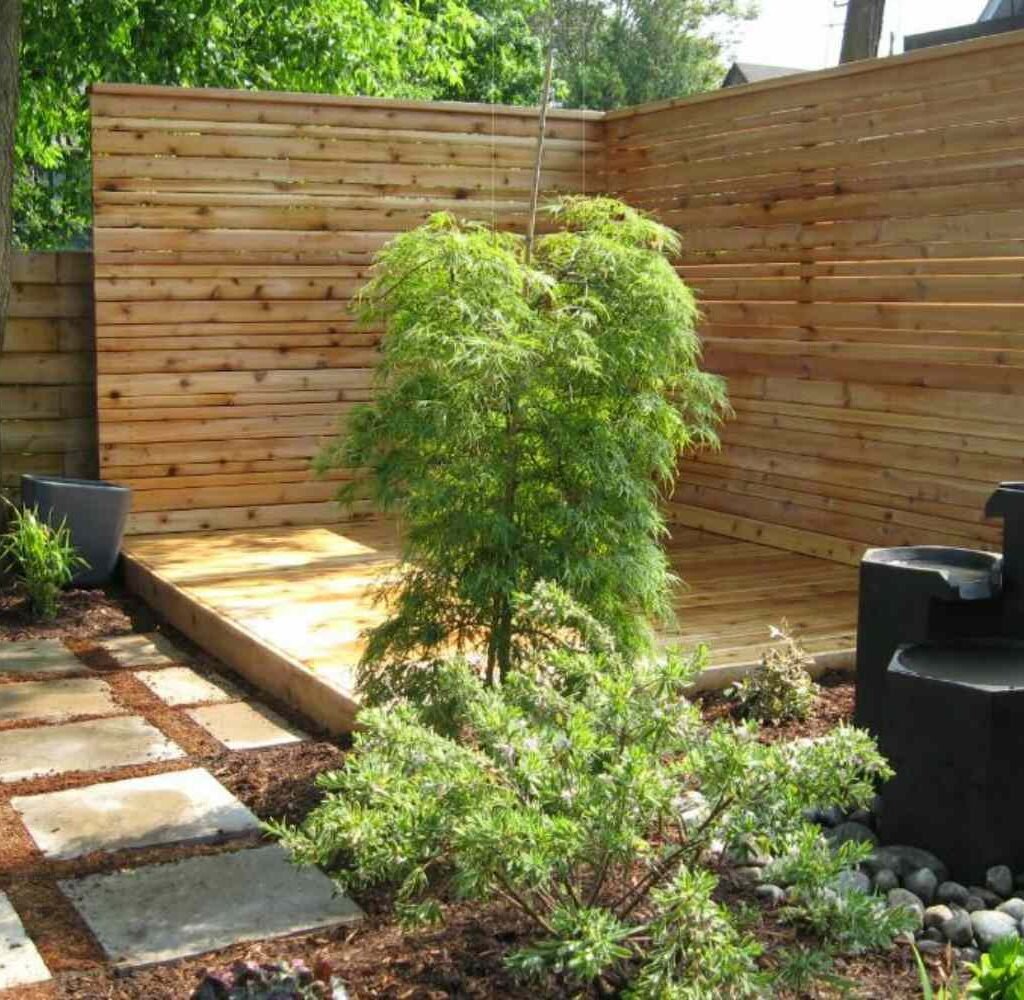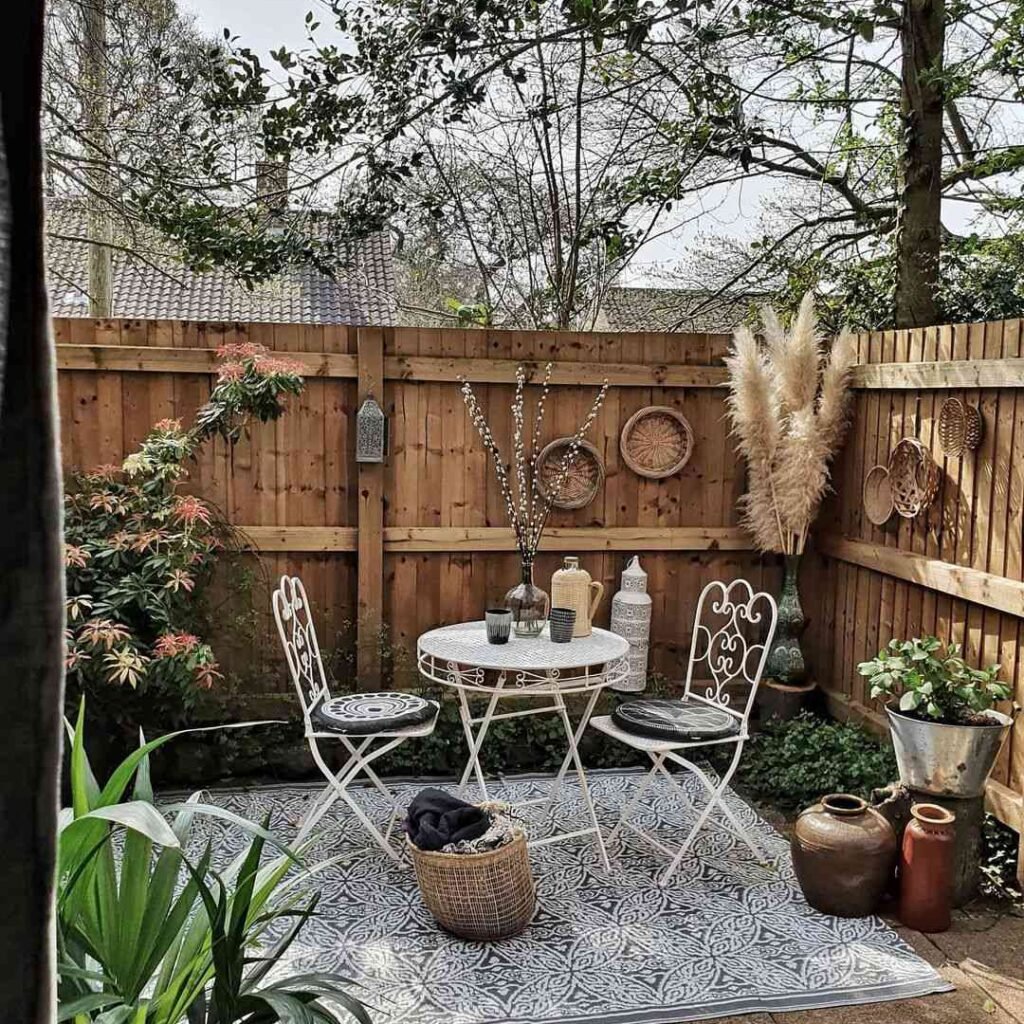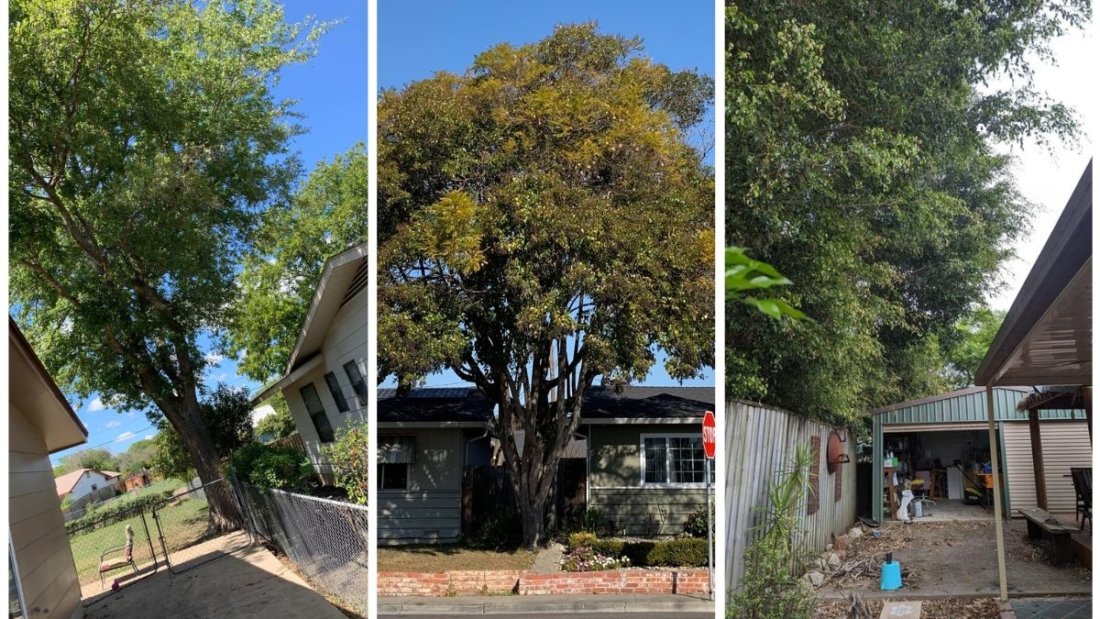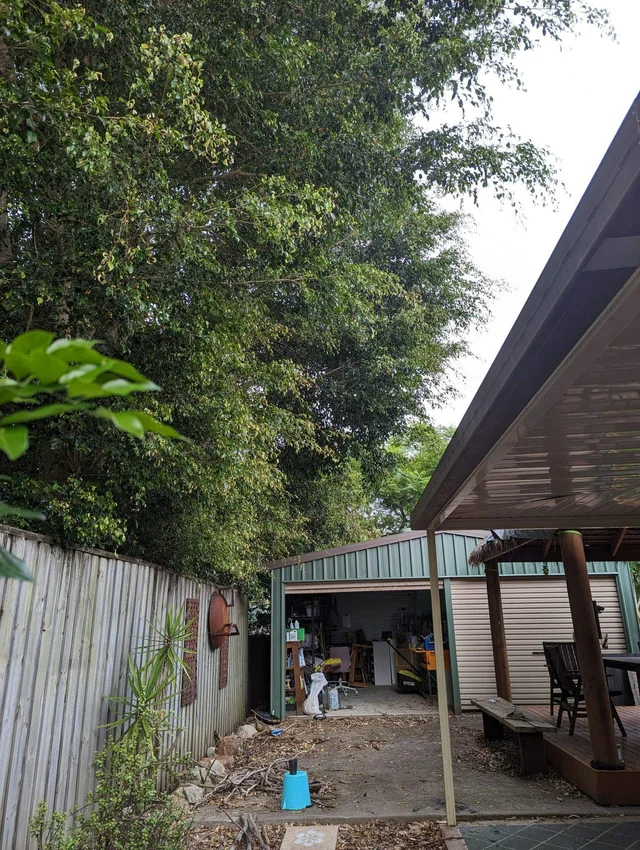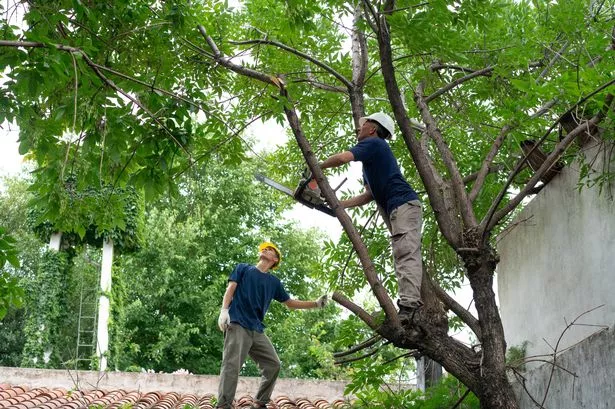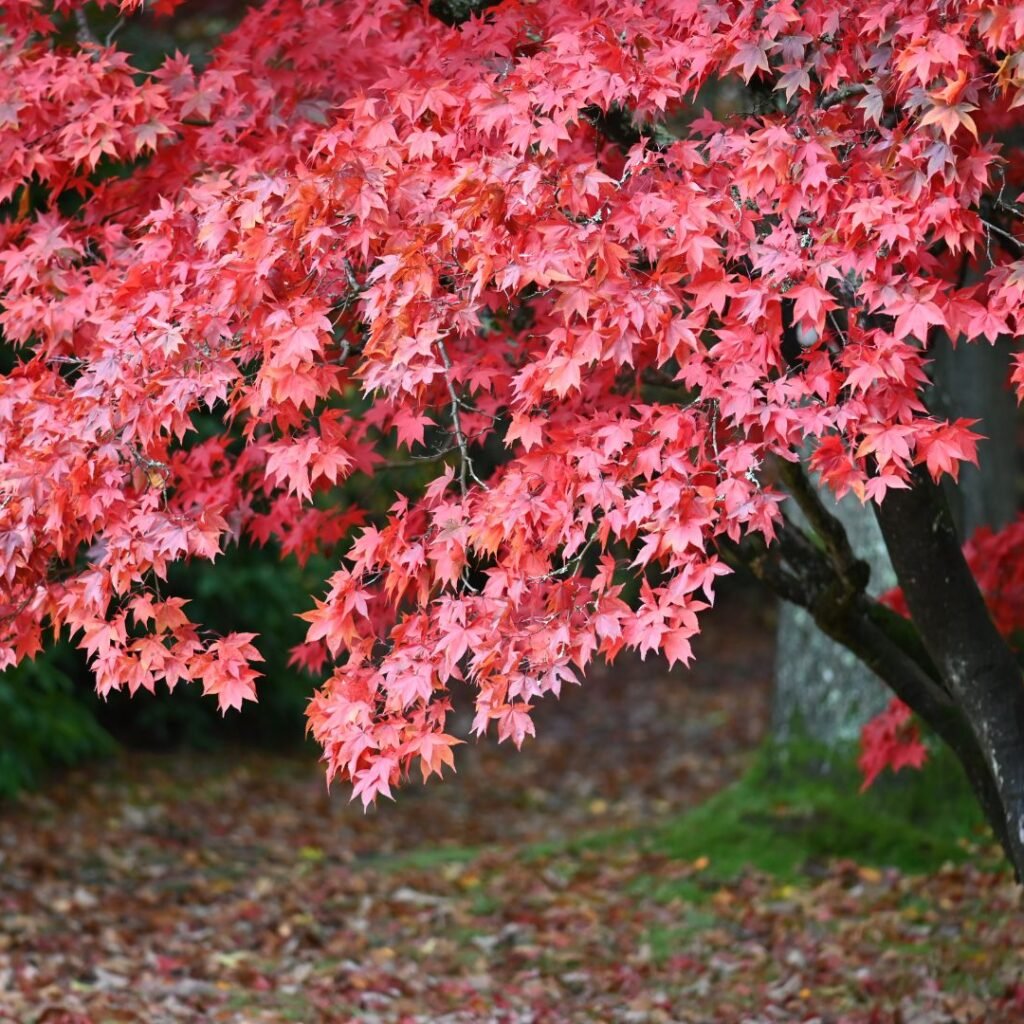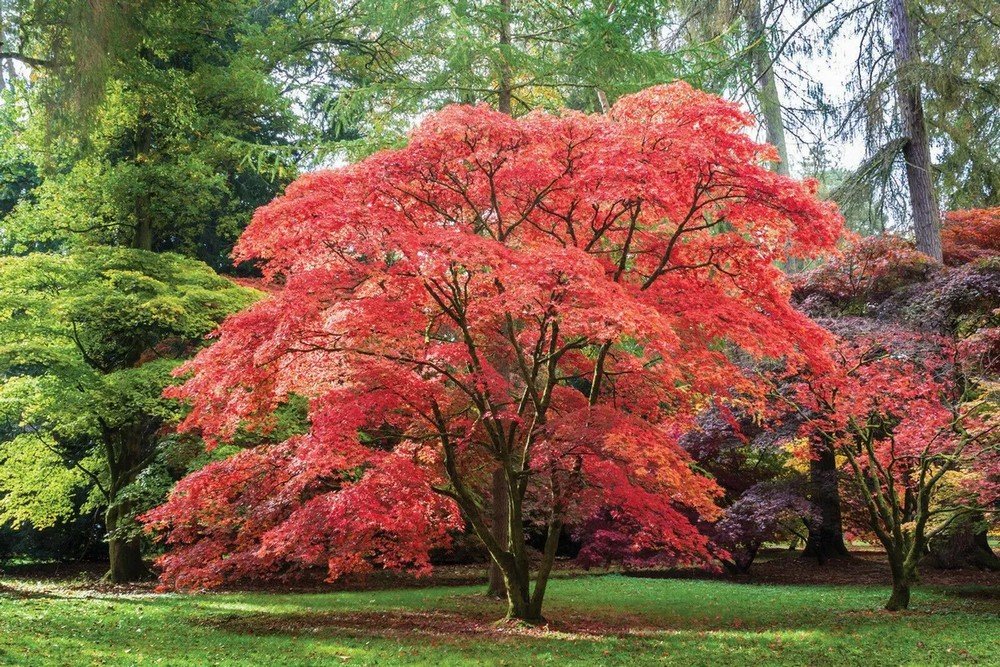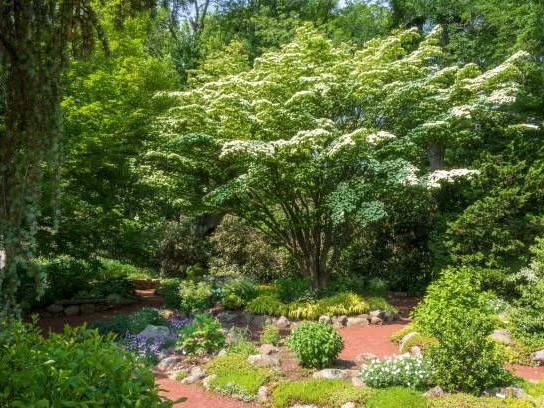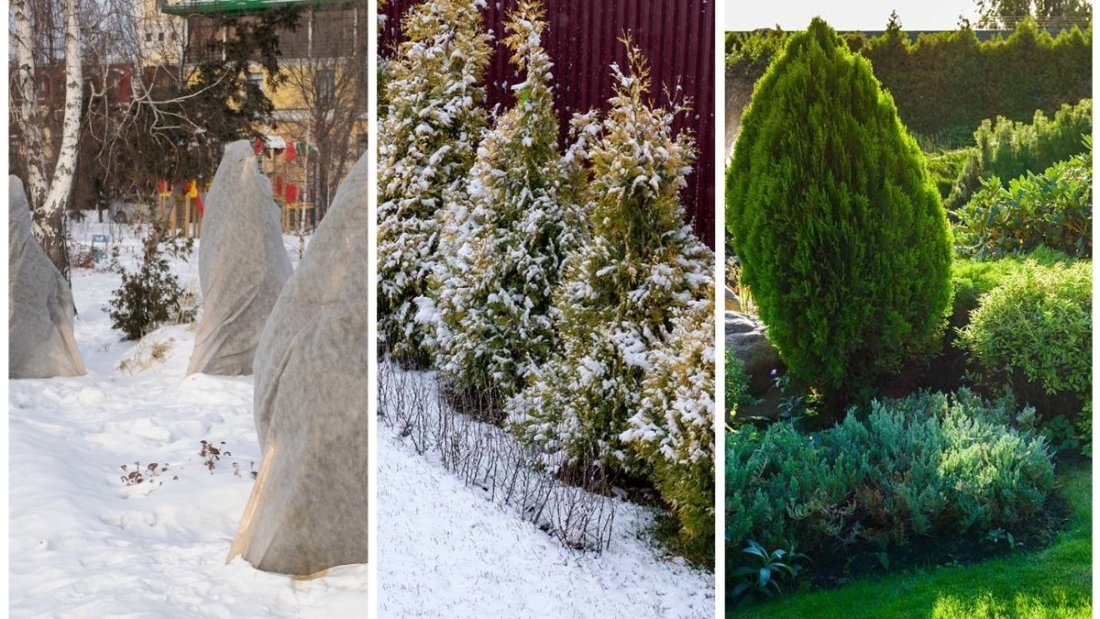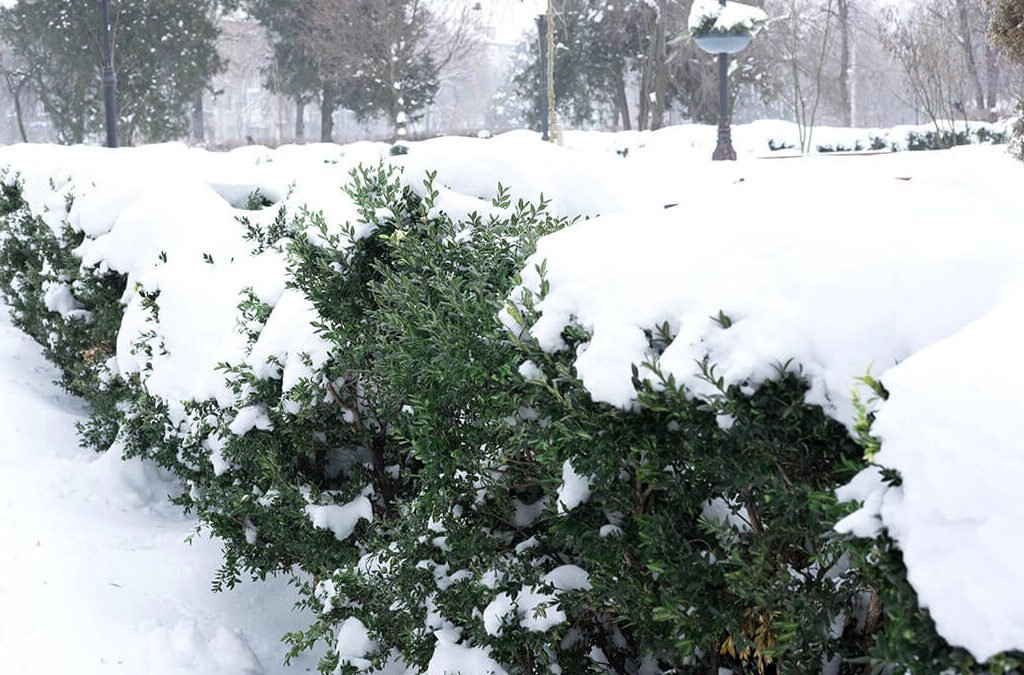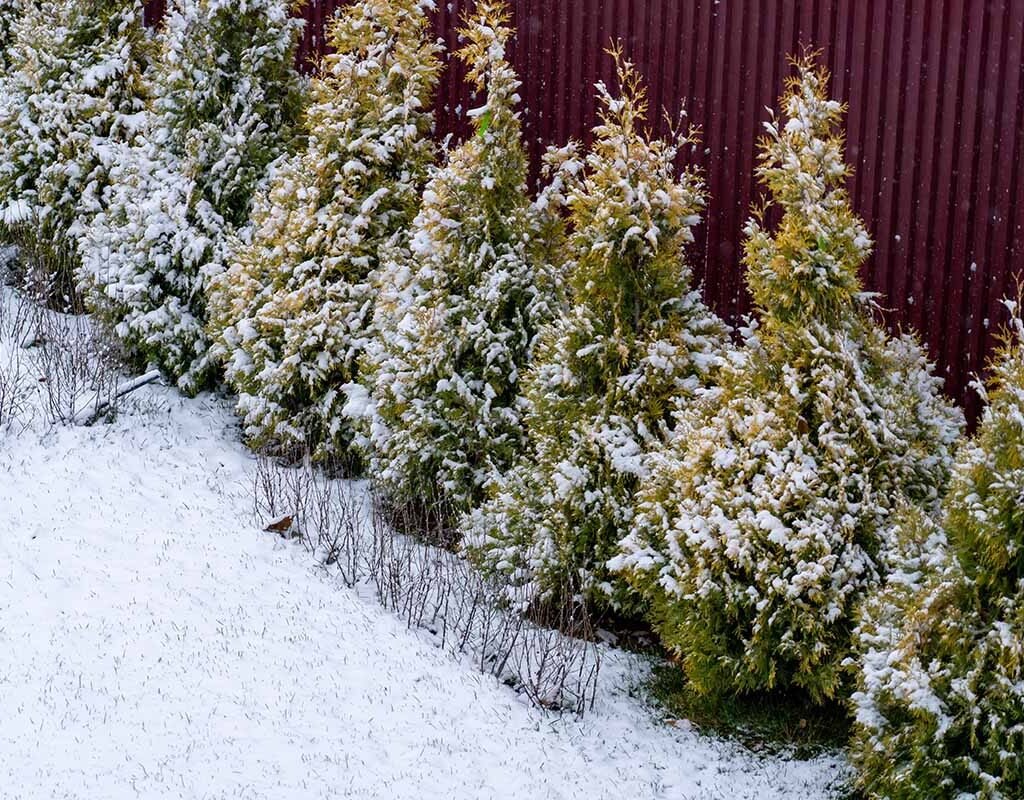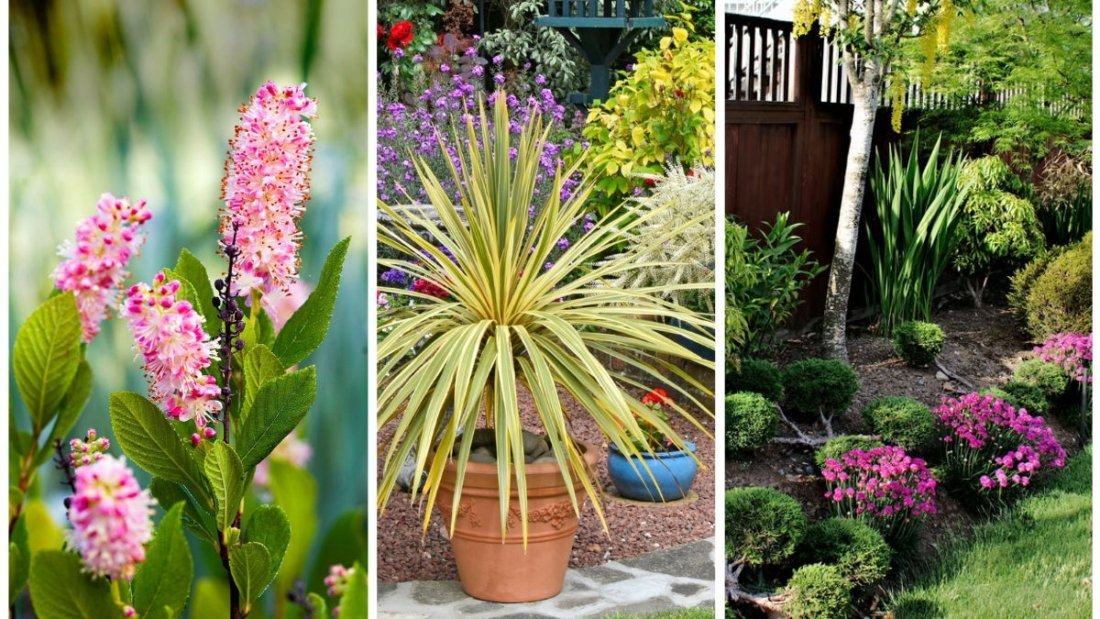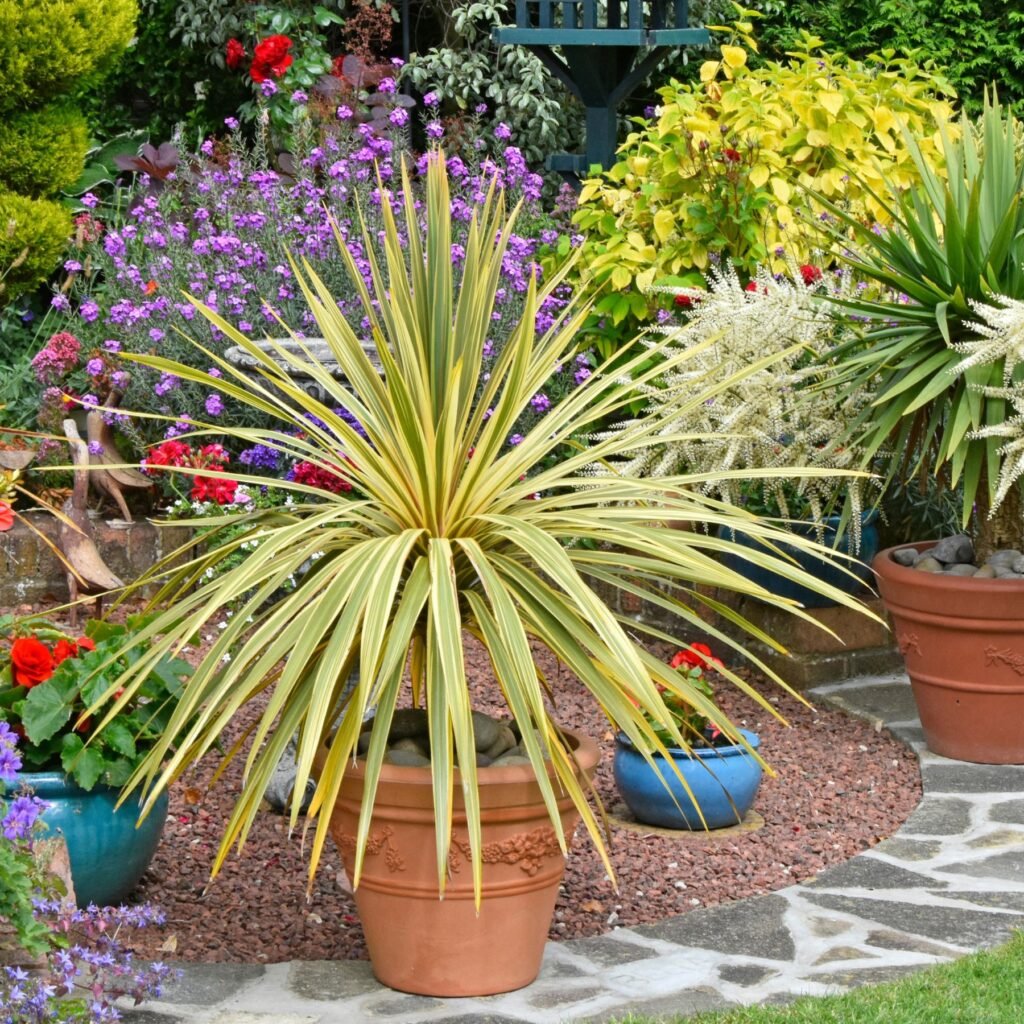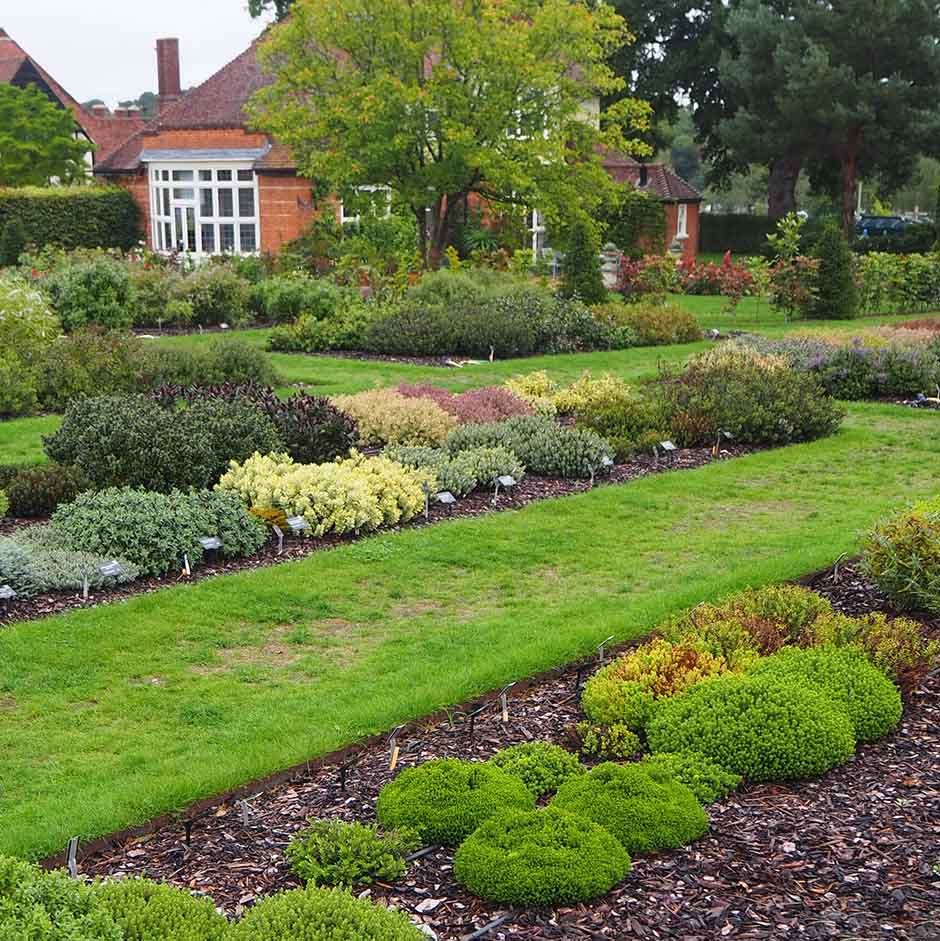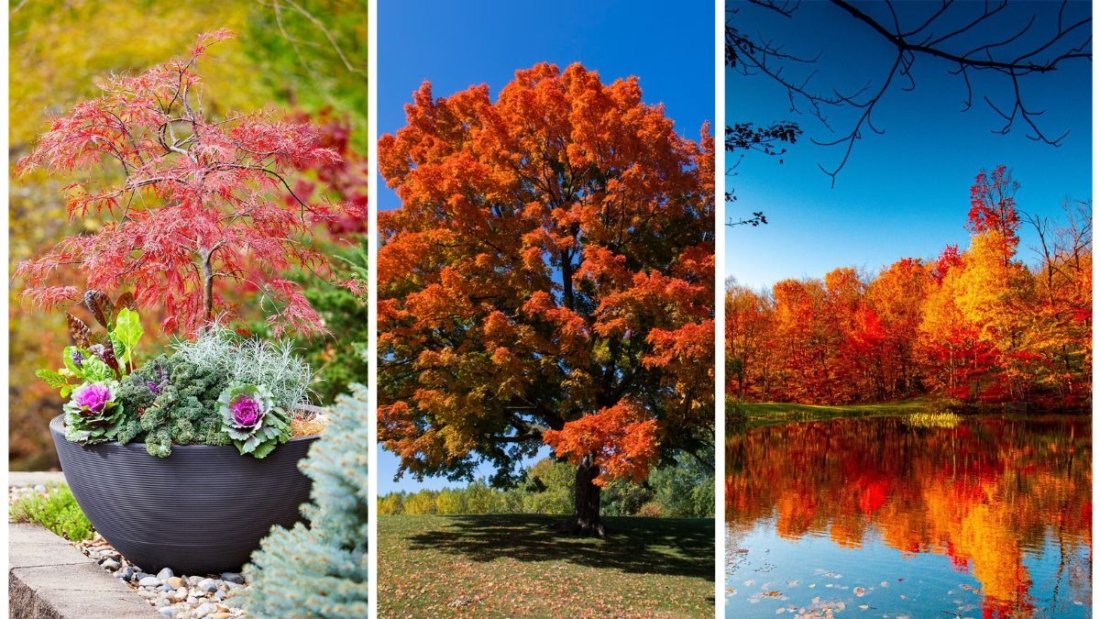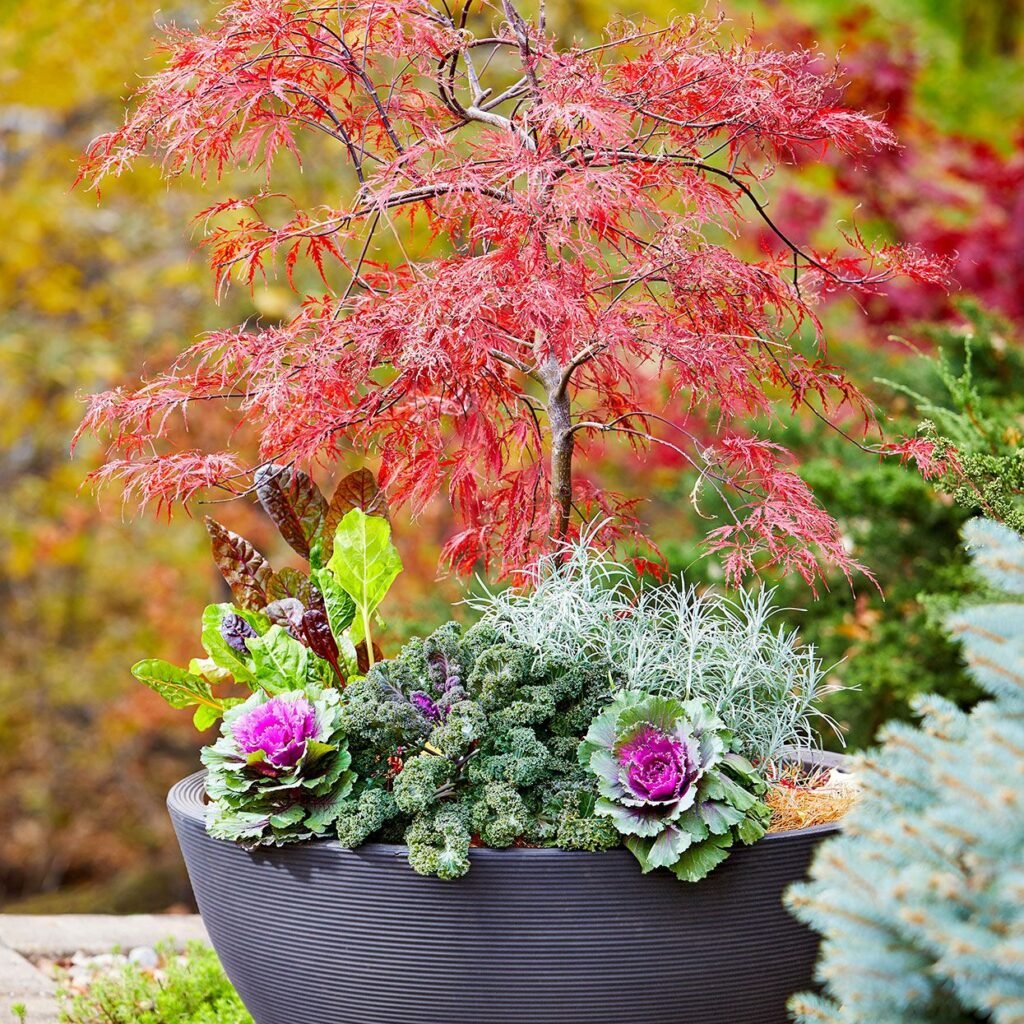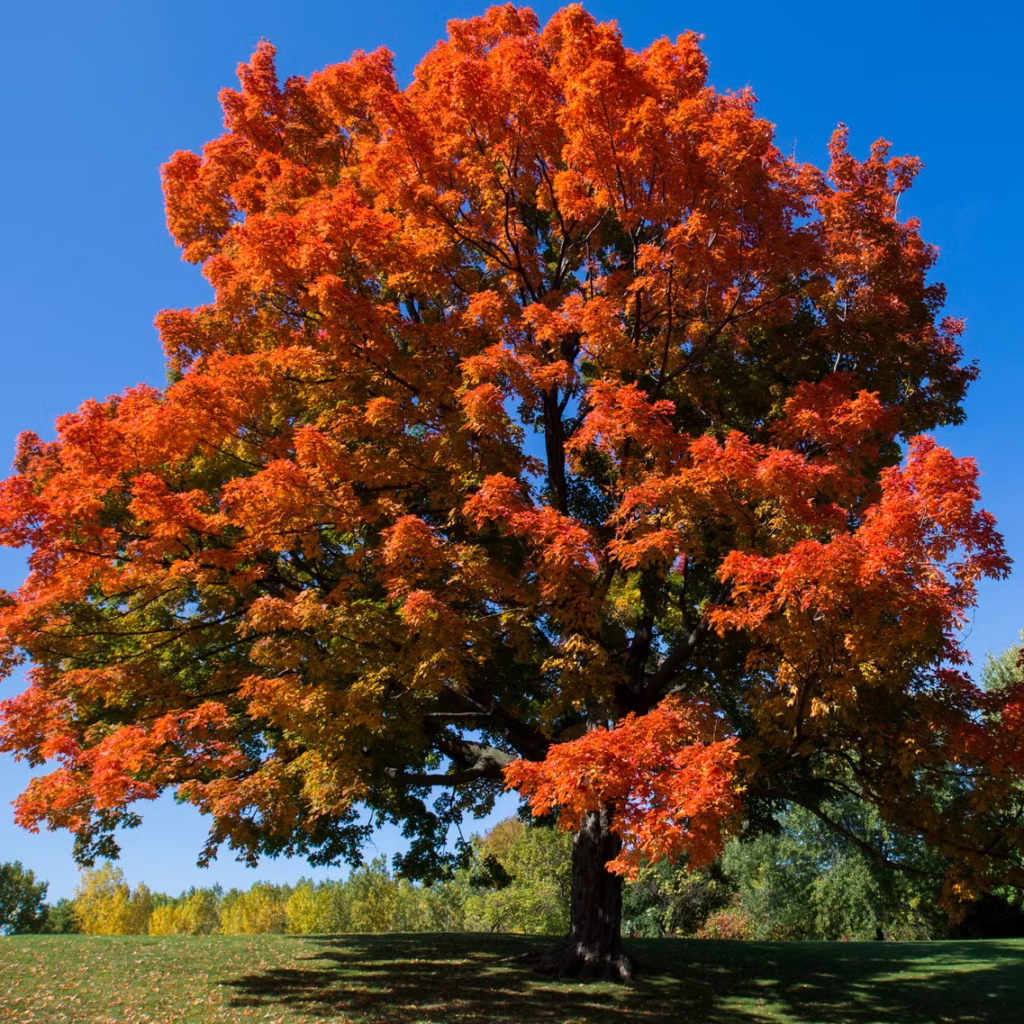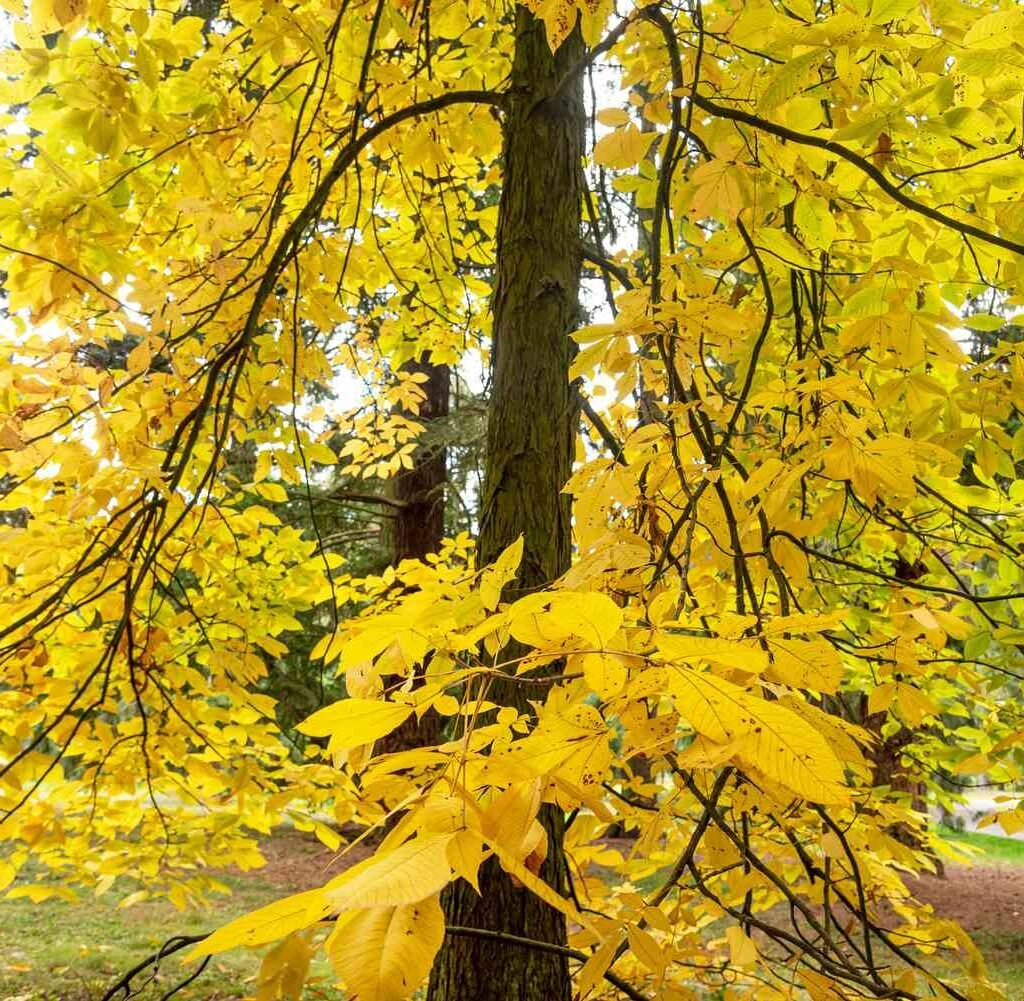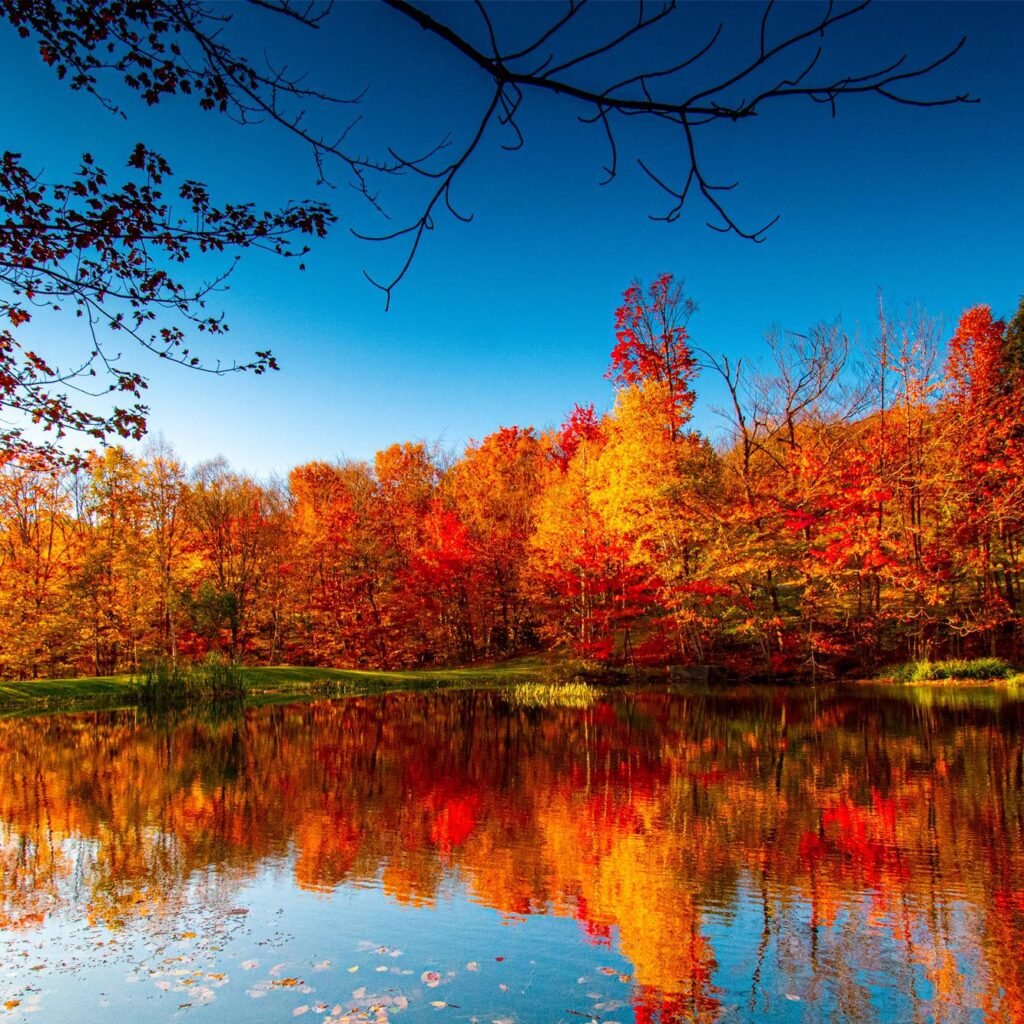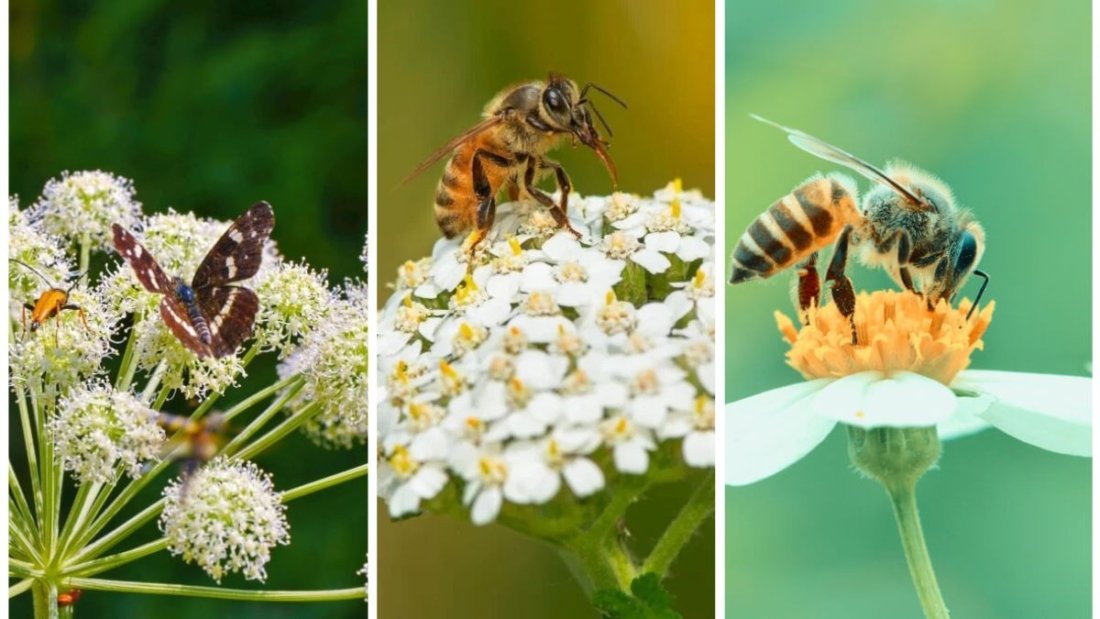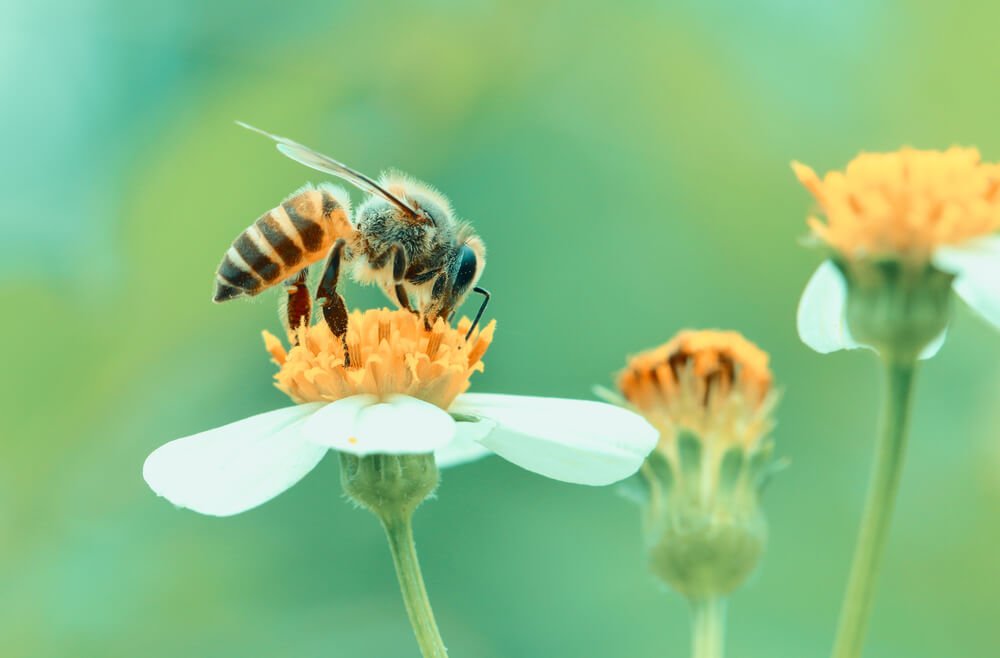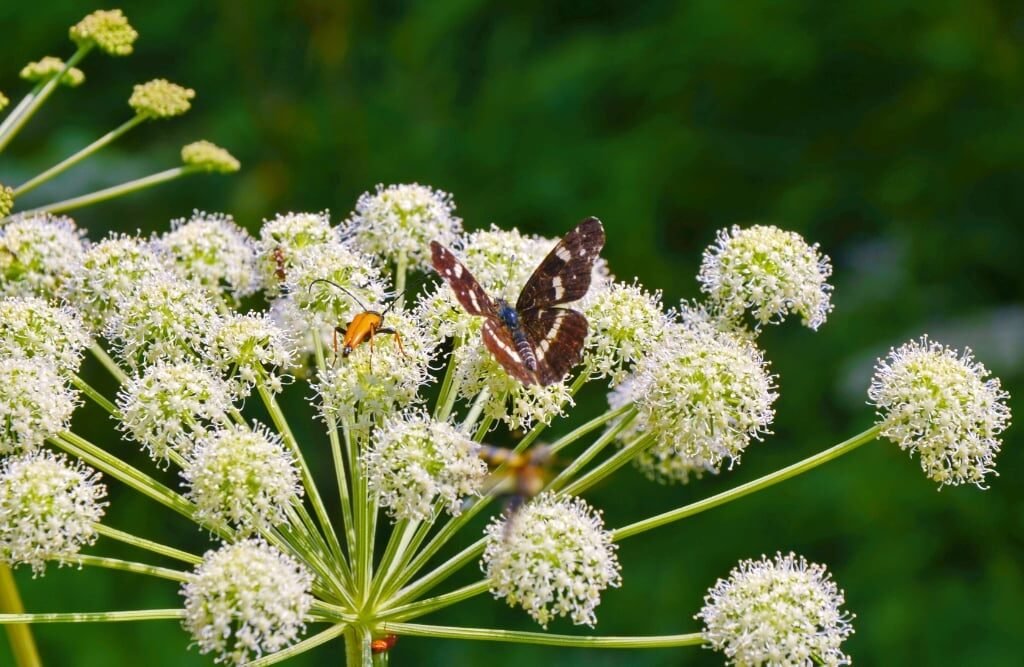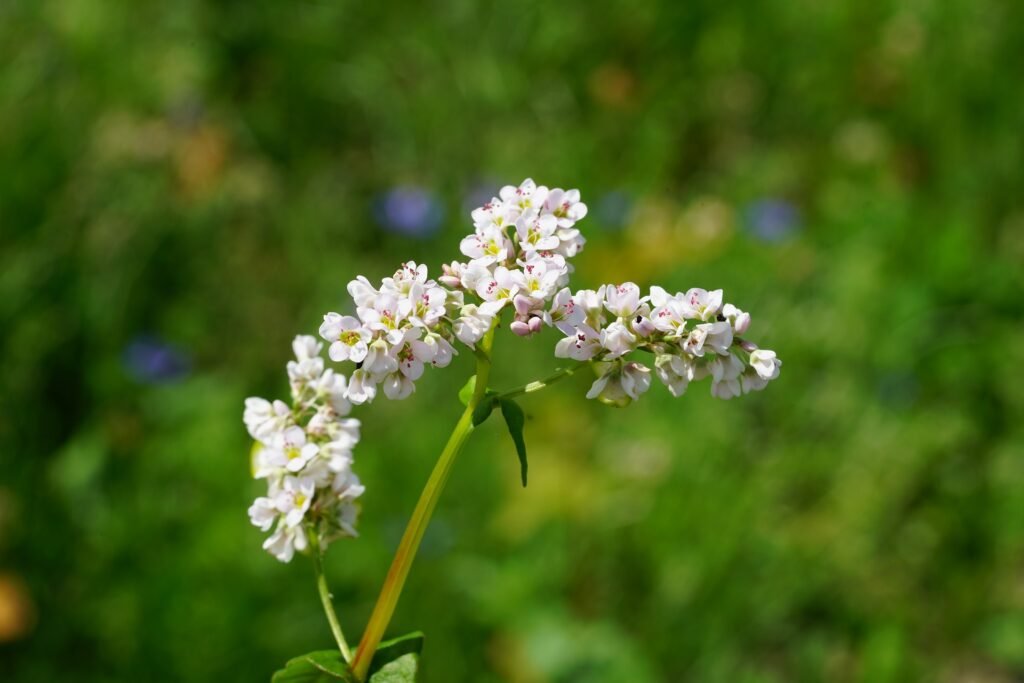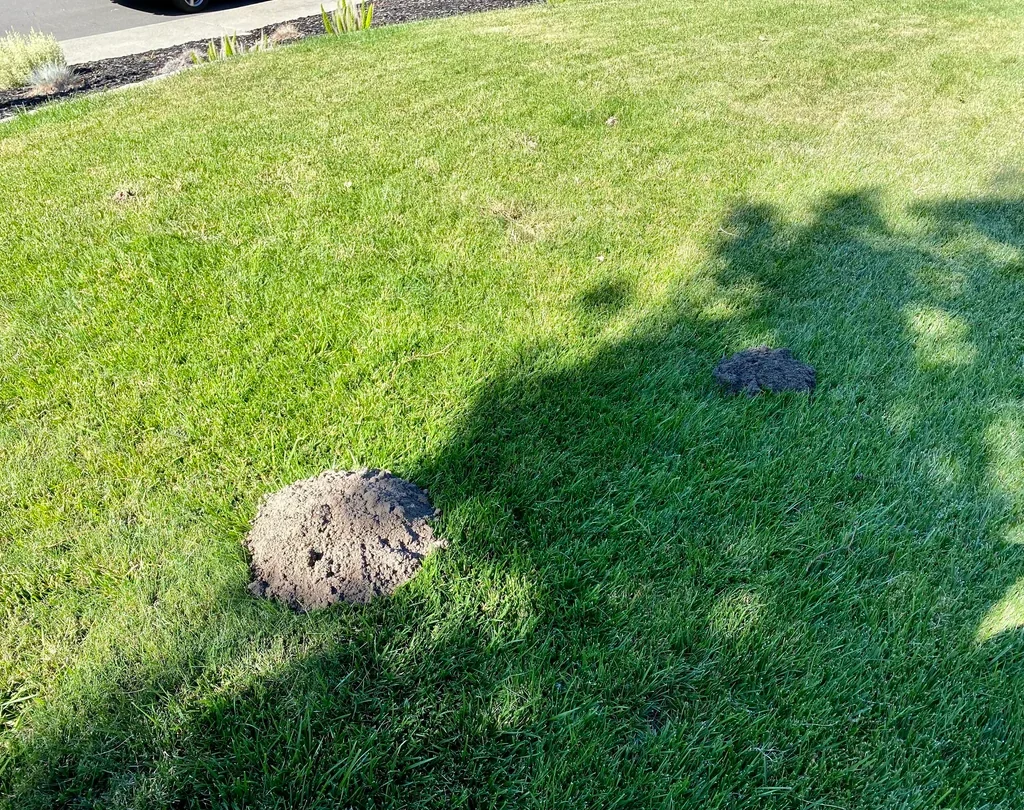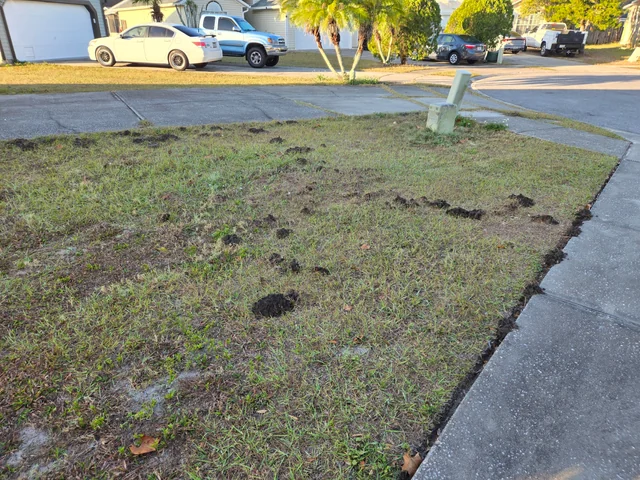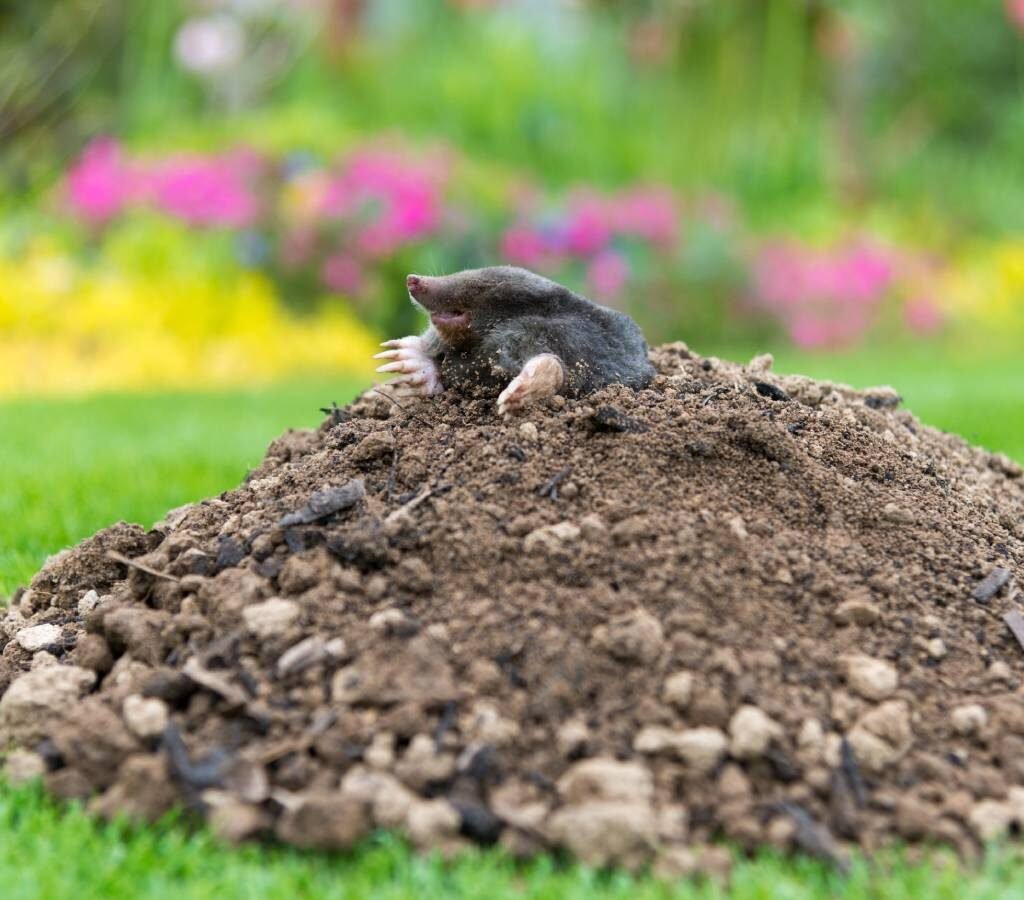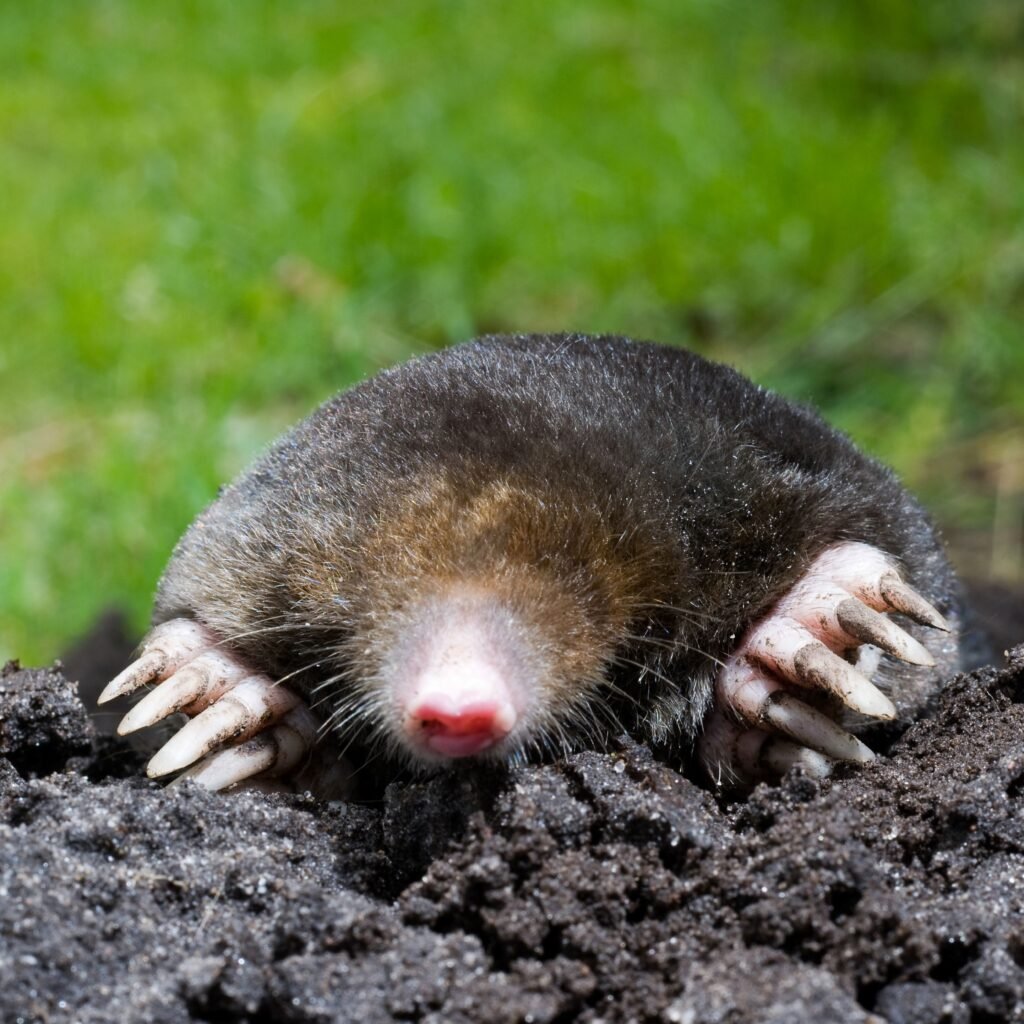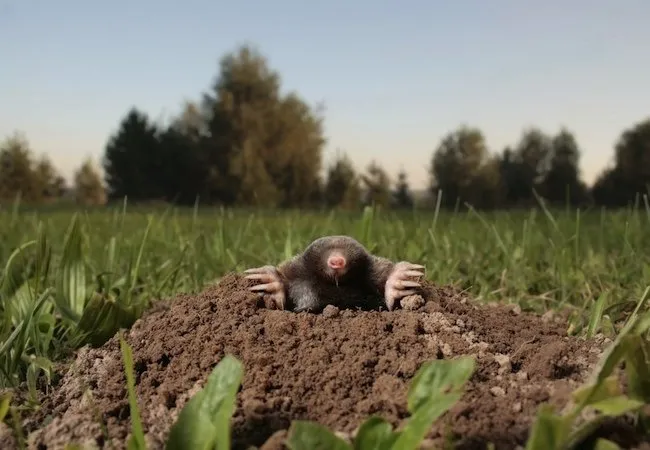Pesticides are commonly used to protect crops, gardens, and lawns from pests and diseases. However, when these chemicals drift beyond the intended area, they can affect neighboring properties, damaging plants, harming pets, or posing health risks. If your neighbor’s pesticide application drifts into your yard, it can be a stressful situation. Knowing what to do helps you protect your property, maintain good relations, and navigate legal and practical concerns.
This article explores practical steps, communication strategies, legal considerations, and preventive measures to deal with pesticide drift effectively.
Understanding Pesticide Drift
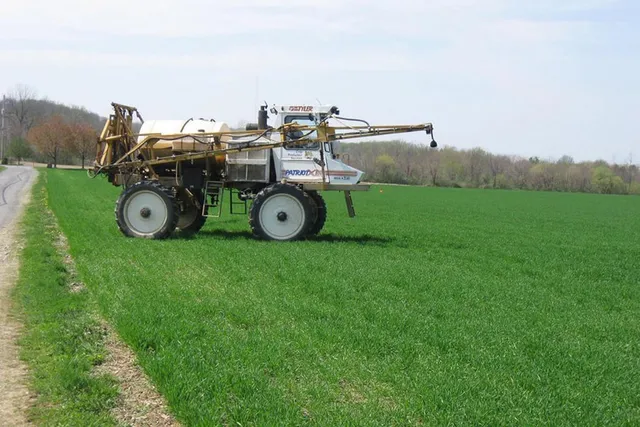
Pesticide drift occurs when chemicals applied to one property travel through air, water, or soil to another property. Drift can happen during spraying, spreading, or even from vaporization. Factors that contribute include:
- Wind: Strong or gusty winds can carry chemicals beyond the intended area.
- Spray Method: Mist, fog, or high-pressure sprays can easily move off-target.
- Topography: Slopes, valleys, or proximity to water sources can increase drift risk.
- Volatility: Some pesticides release vapors that can travel further than liquid sprays.
Impact of Drift: Drifted pesticides can harm garden plants, flowers, lawns, vegetables, pollinators, pets, and even humans if exposure is significant. Early recognition is key to minimizing damage.
Step 1: Document the Damage

Before approaching your neighbor or authorities, gather evidence to support your claim.
How to Document Pesticide Drift:
- Photograph Damaged Plants – Capture close-ups and wide shots showing the affected area.
- Record Dates and Times – Note when you first noticed the drift and when your neighbor applied pesticides.
- Weather Conditions – Include wind direction, speed, and temperature if possible.
- Collect Samples – If safe, keep affected leaves, flowers, or soil samples for analysis.
- Check for Other Evidence – Note symptoms in pets or wildlife, which may indicate pesticide exposure.
Tip: Proper documentation strengthens your position in discussions or claims and helps authorities assess the situation.
Step 2: Approach Your Neighbor Calmly
Many pesticide drift incidents are unintentional. Addressing the situation diplomatically can prevent conflict and encourage cooperation.
Best Practices:
- Be Polite and Non-Confrontational: Use “I” statements instead of blaming, e.g., “I noticed some of your pesticide drifted into my garden and affected my plants.”
- Provide Evidence: Show photos and document the timing to illustrate the issue objectively.
- Discuss Solutions: Ask if they can modify their application method, spray at different times, or provide compensation for damage.
- Maintain a Friendly Tone: Focus on mutual benefit, such as preventing future drift for both parties.
Tip: Avoid aggressive confrontation—it often escalates tension rather than solving the problem.
Step 3: Minimize Damage Immediately
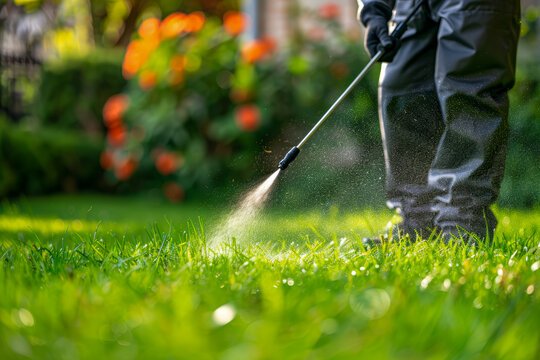
While resolving the issue with your neighbor, take steps to reduce harm to your plants, soil, and pets.
Immediate Actions:
- Rinse Plants – Gently wash leaves and flowers with water to remove pesticide residues.
- Prune Damaged Foliage – Remove leaves or stems showing severe damage to prevent disease or stress.
- Move Sensitive Plants – If possible, relocate potted or delicate plants away from the affected area.
- Protect Pets and Children – Keep them indoors or away from treated areas until it’s safe.
- Monitor Soil – Some chemicals can linger in soil; consider testing if vegetables or edible plants were exposed.
Tip: Early intervention increases the likelihood of recovery for affected plants.
Step 4: Know Your Legal Rights

Understanding your legal options is crucial if the drift causes significant damage or your neighbor refuses to cooperate. Laws vary by region, but some common principles apply:
- Right to a Safe Property: Property owners generally have the right to expect their land to be free from harmful chemicals from neighbors.
- Reporting to Authorities: Contact your local agricultural extension office, environmental protection agency, or pesticide regulatory body. They can investigate and document violations.
- Insurance Claims: Check if your homeowner’s insurance covers damage from pesticide drift.
- Legal Action: As a last resort, you may pursue compensation through small claims or civil court. Consult a lawyer for guidance.
Tip: Documenting everything carefully is essential if legal or regulatory action becomes necessary.
Step 5: Prevent Future Drift
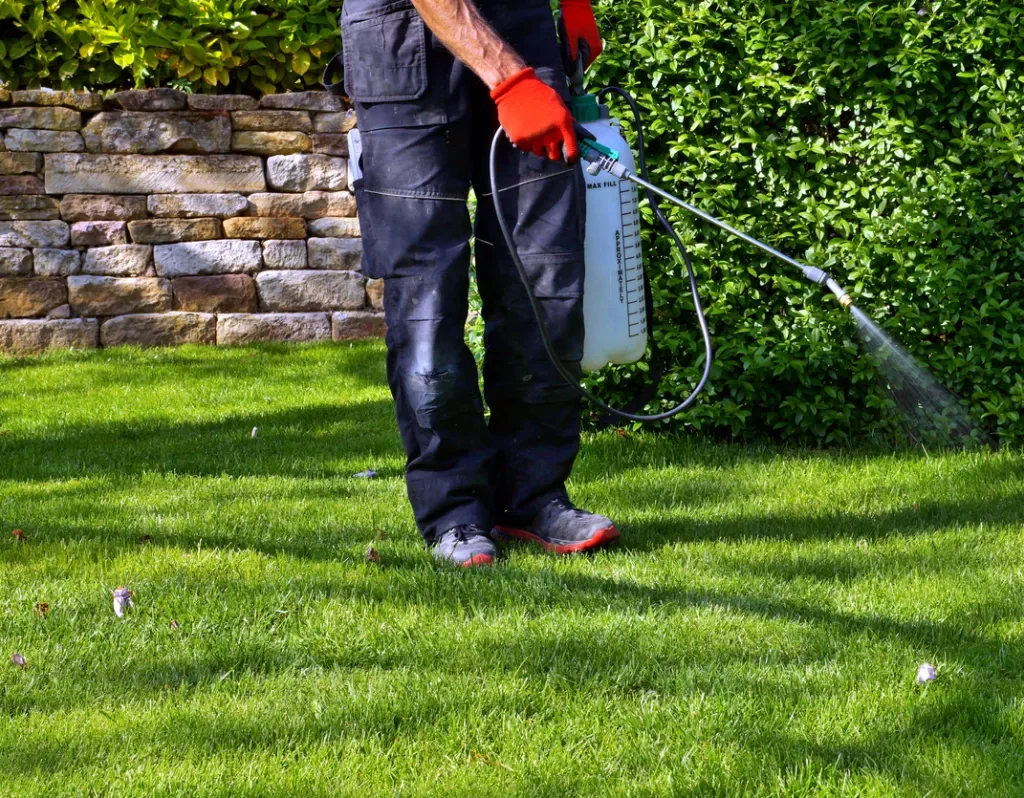
Once you’ve addressed the immediate incident, consider steps to prevent recurrence:
Practical Preventive Measures:
- Install Physical Barriers – Tall hedges, fences, or trellises can act as windbreaks and reduce drift.
- Coordinate Spray Timing – Ask your neighbor to avoid spraying on windy days or during high-traffic hours.
- Select Appropriate Pesticides – Encourage less volatile or lower-drift products if possible.
- Buffer Zones – Plant shrubs, ground covers, or grass strips along property lines to absorb or slow chemical movement.
- Communication – Maintain ongoing dialogue with neighbors about lawn and garden care to anticipate potential issues.
Tip: Proactive measures often prevent disputes and create a safer, healthier environment for everyone.
Step 6: Consider Organic or Protective Measures
For gardeners concerned about repeated pesticide drift, additional protective steps can reduce risk:
- Protective Covers: Use row covers or garden nets to shield vegetables and flowers during neighbor spray times.
- Raised Beds: Elevating plants in containers or raised beds can minimize contact with drifted chemicals.
- Soil Amendments: Organic matter can sometimes help bind certain chemicals, reducing their effect on plants.
- Buffer Plantings: Fast-growing hedges or shrubs act as living barriers to intercept drifting spray.
Benefits: These measures protect your plants while keeping your garden functional and attractive.
Step 7: Educate and Build Cooperation
Long-term solutions often rely on education and mutual understanding. Many neighbors are unaware of the effects of pesticide drift.
Steps to Promote Awareness:
- Share articles or guidelines on proper pesticide application and drift prevention.
- Discuss eco-friendly alternatives such as organic sprays, biological pest control, or integrated pest management (IPM).
- Offer to coordinate application schedules to minimize exposure.
Tip: Approaching the issue as a cooperative effort often leads to better compliance and preserves neighborly relations.
Additional Considerations
- Document All Communication: Keep records of conversations, emails, or letters regarding drift issues.
- Monitor Recovery: Keep track of how plants recover over time; this may be useful for insurance or regulatory reporting.
- Consult Professionals: For severe drift affecting crops or valuable plants, consider an arborist, horticulturist, or environmental consultant.
Conclusion
Pesticide drift from a neighbor’s property can be frustrating and potentially harmful, but handling the situation strategically makes all the difference. By documenting the issue, approaching your neighbor calmly, taking immediate protective measures, understanding legal rights, and implementing preventative strategies, you can protect your property while maintaining positive relationships.
The key is a combination of communication, practical intervention, and proactive planning. Whether it’s washing affected plants, installing buffers, or collaborating on safer spraying practices, these steps ensure your garden remains healthy, productive, and safe.
Dealing with pesticide drift is not just about protecting your plants—it’s about fostering a responsible, cooperative, and informed gardening community. With careful action, you can turn a potentially contentious situation into a learning opportunity for both you and your neighbor, ensuring everyone benefits from a safer and greener environment.
